The research team has built a complete banana cultivation process suitable for mechanized conditions and successfully designed and manufactured a system of machines and equipment for key stages, such as: Tissue culture banana planter combined with basal fertilization; combined pesticide spraying equipment; equipment to support harvesting and transporting banana bunches in the field; machines to process banana stems, leaves, and roots after harvest.
Many mechanization processes proposed by the project, including the process of growing tissue culture plants combined with basal fertilization and the process of treating stem and leaves after harvest, have been recognized as technical advances by the Ministry of Agriculture and Environment .

Vietnam's banana industry can become a key agricultural export product of our country .
In terms of equipment capacity, the combine planter when operating with a 4-wheel tractor (capacity ~250 Hp) gives a yield of 800-900 trees/hour (equivalent to 0.34 ha/hour), ensuring the planting distance and amount of fertilizer as designed. The combined sprayer achieves a yield of 0.61 ha/hour when spraying the whole field and 418 bunches/hour when spraying by bunch, 1,000 liter tank, pump pressure 1.5-2 bar. The banana bunch harvesting and transport support system achieves a cutting and loading capacity of 215 bunches/hour, rotating transport of 10 tons/hour in the plains and 6 tons/hour in the hills; the transport rail is up to 1,500 m long, with a load capacity of 200 kg/m. The stem, leaf, and root processing machine combined with a similar tractor achieves a chopping capacity of 0.34 ha/hour, with a chopping piece length of ~171 mm.
To evaluate the feasibility in actual production, the project has implemented two models applying the process and equipment system, one model in Tam Diep (Ninh Binh) with a scale of 15.36 hectares and one model in Mang Yang ( Gia Lai ) with a scale of 30.22 hectares.
Measurement results show that all indicators have met or exceeded the set targets: reducing labor by 40-42%, reducing production costs by 26-27%, increasing productivity by 11-12.5%, reducing post-harvest losses by 9-12.6% and economic efficiency has increased sharply, reaching 38.4% in the plains and 75.58% in the mountainous areas.
Detailed analysis shows that each stage of mechanization brings clear benefits: planting machines reduce costs by up to 31.8% and labor by up to 94.6% compared to manual planting; spraying equipment reduces costs by 50.8% and labor by 90% compared to hand spraying; the harvesting - transportation system reduces costs by 57% and labor by 75%; the stem and leaf treatment system reduces costs by 87% compared to treatment by traditional excavators.
In addition to economic efficiency, the research results have clear social and environmental significance. Mechanization reduces heavy labor, contributes to increasing labor productivity and raising household income; cyclical treatment of stem and leaf roots in the field reduces emissions, increases soil humus and limits the source of pests, towards a sustainable and cyclical farming model. The project also compiles operating and maintenance manuals, detailed manufacturing processes and organizes training to improve skills for staff, technicians and equipment operators.

Synchronized application of processes and mechanized equipment in banana cultivation greatly improves economic efficiency .
Technical products, design documents and instruction manuals have been accepted and transferred to practical partners, typically Dong Giao Food Export Joint Stock Company (DOVECO), and have been tested and operated in real models. These results create a foundation for expanding the application of mechanization in banana growing areas with a minimum scale of 15 hectares or more, aiming at partially mechanizing the Vietnamese banana value chain, from planting, care to harvesting and preliminary processing.
The synchronous application of mechanization processes and equipment has proven its ability to reduce labor by 40-50%, save 20-40% of costs, increase productivity by 10-15% and reduce post-harvest losses by 5-10%, while improving economic efficiency significantly compared to traditional farming. These results not only contribute to the modernization of agriculture but also open up opportunities for the development of commercial banana growing areas, reduce dependence on manual labor, and enhance the competitiveness of banana products in the domestic and export markets.
Source: https://mst.gov.vn/co-gioi-hoa-canh-tac-chuoi-quy-mo-tap-trung-giam-lao-dong-giam-chi-phi-tang-hieu-qua-kinh-te-197251120012156662.htm





![[Photo] President Luong Cuong attends the 50th Anniversary of Laos National Day](/_next/image?url=https%3A%2F%2Fvphoto.vietnam.vn%2Fthumb%2F1200x675%2Fvietnam%2Fresource%2FIMAGE%2F2025%2F11%2F27%2F1764225638930_ndo_br_1-jpg.webp&w=3840&q=75)

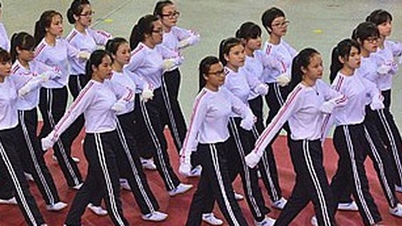




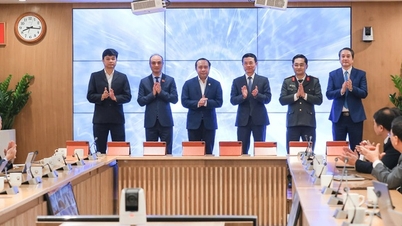

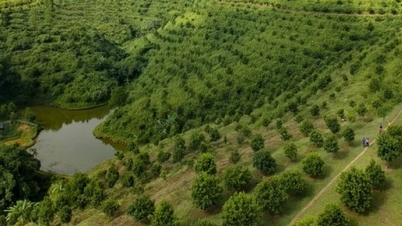




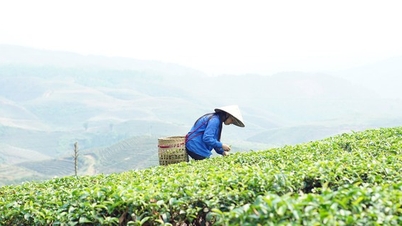


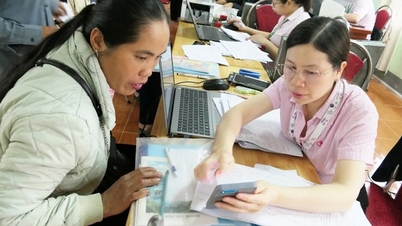

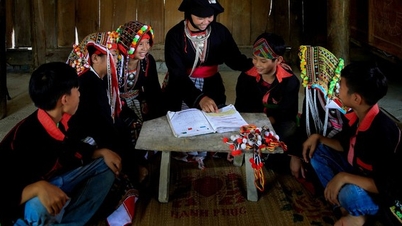
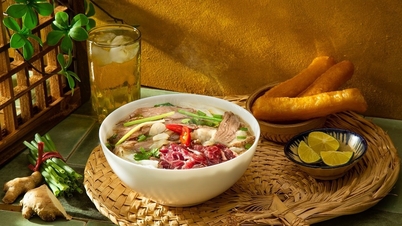





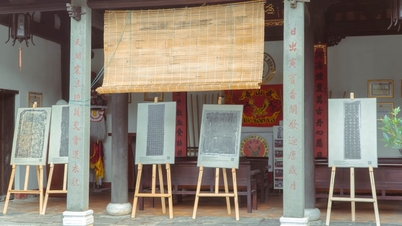
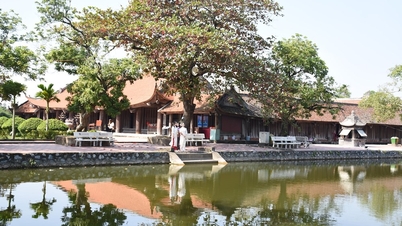












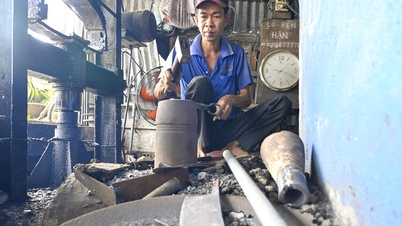



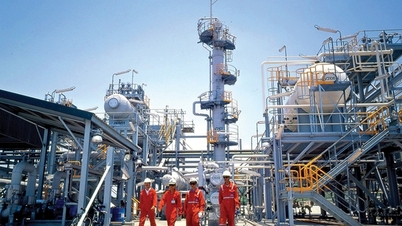

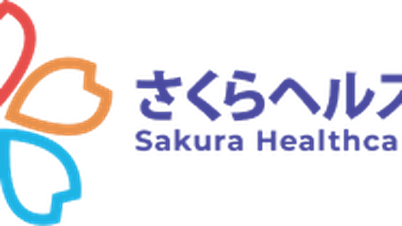










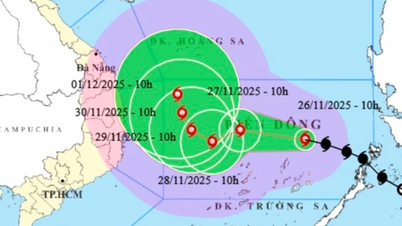
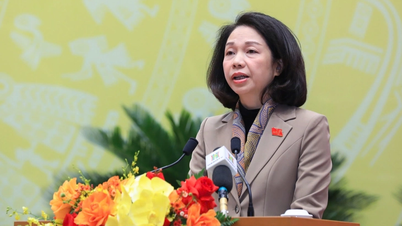











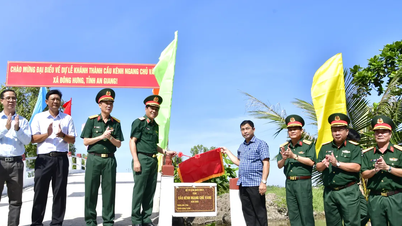









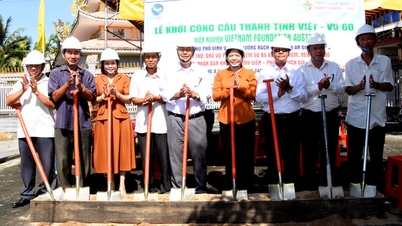












Comment (0)